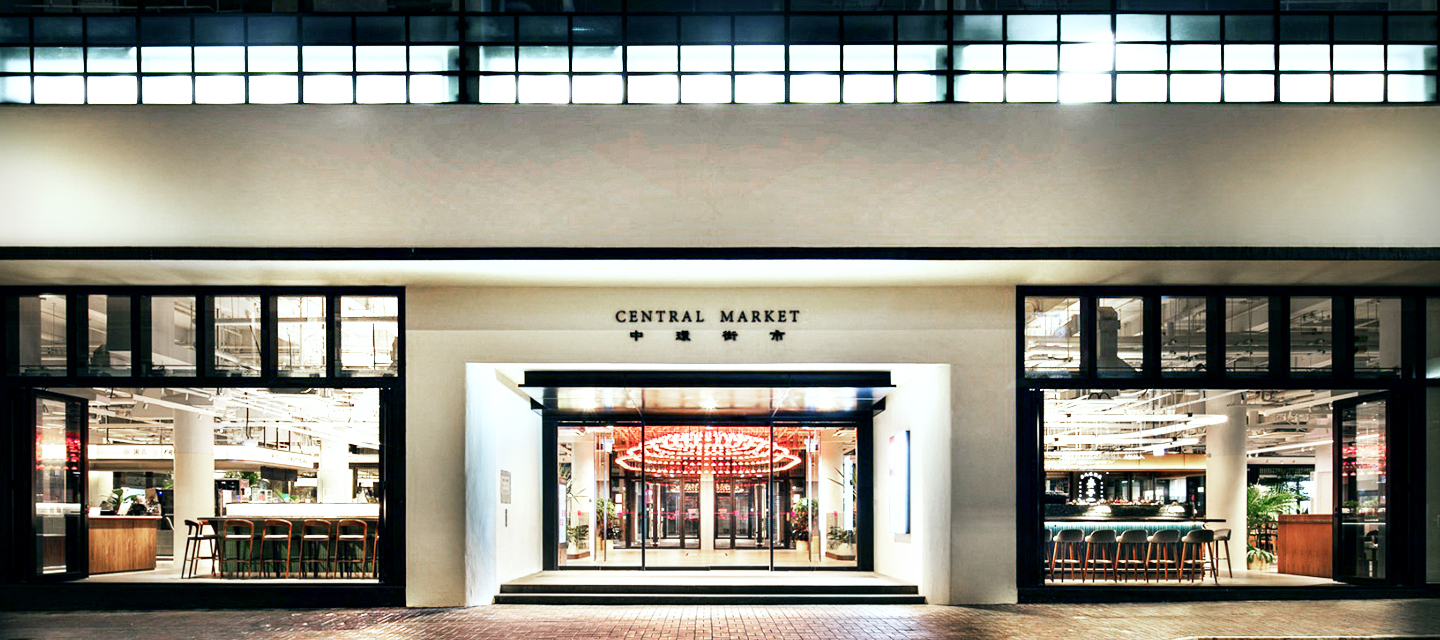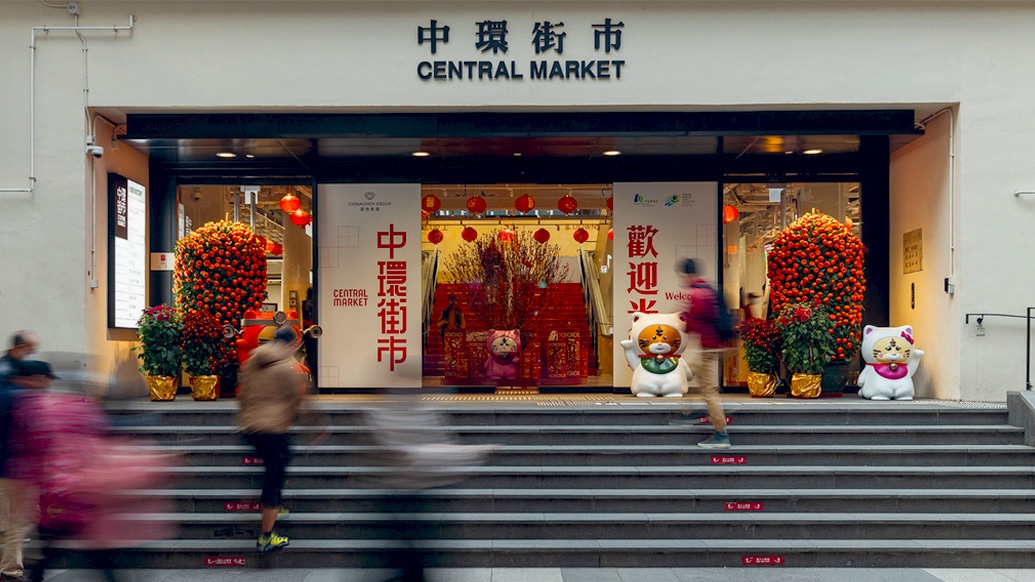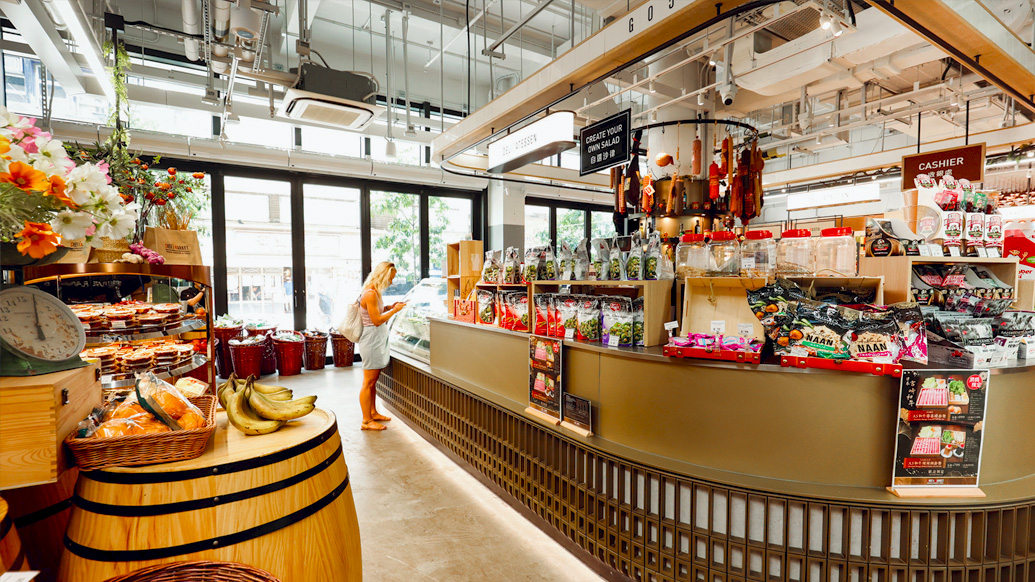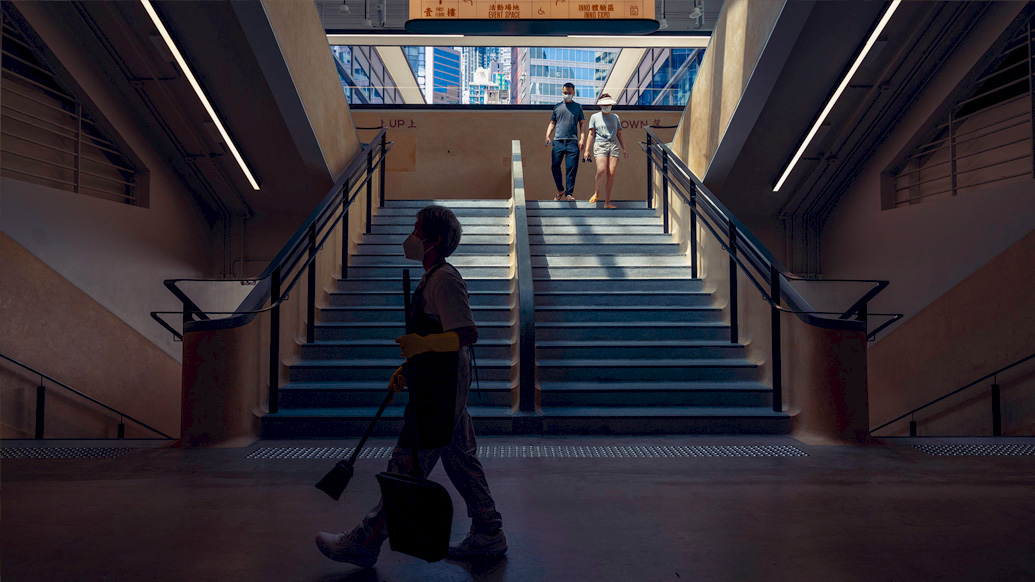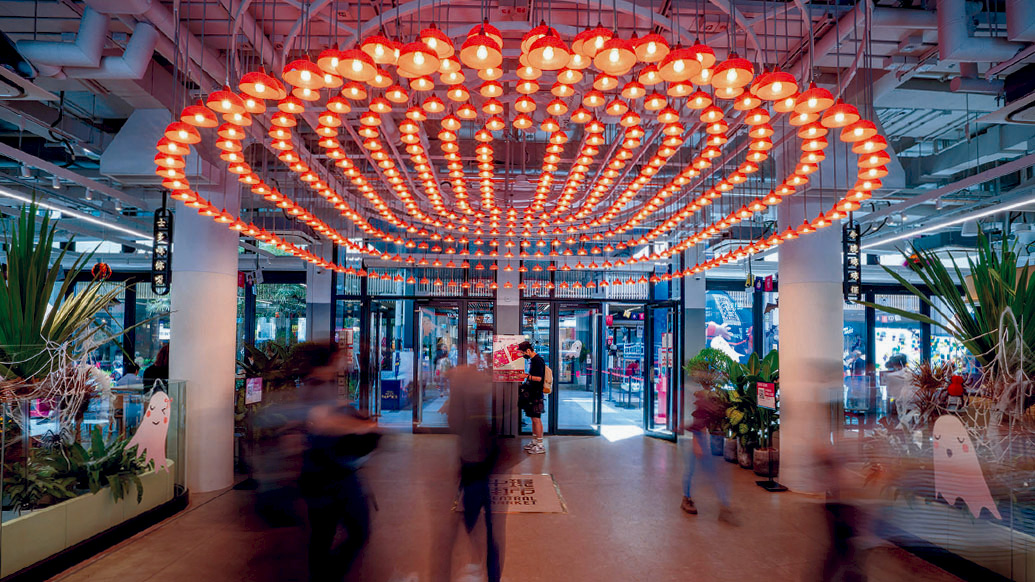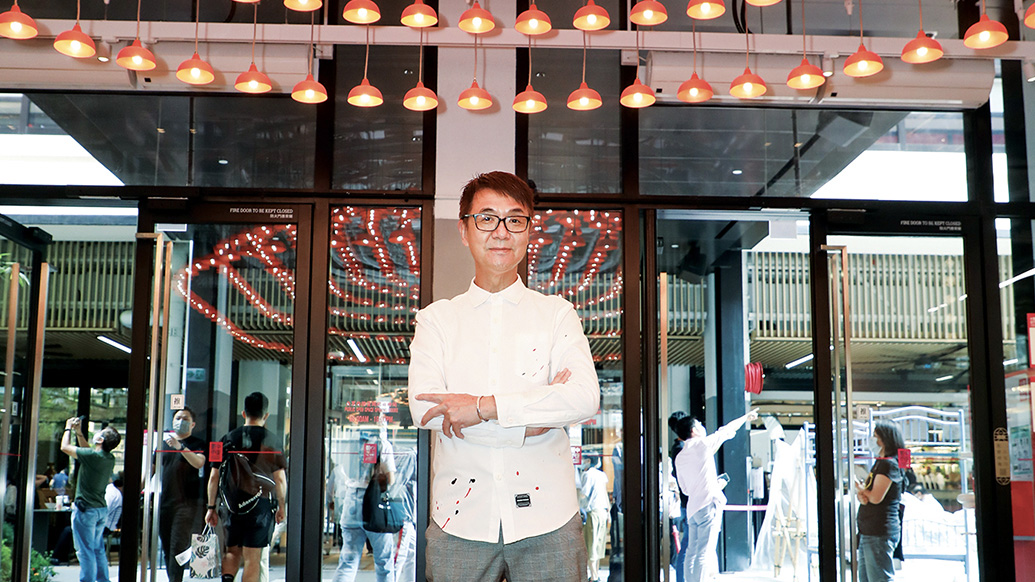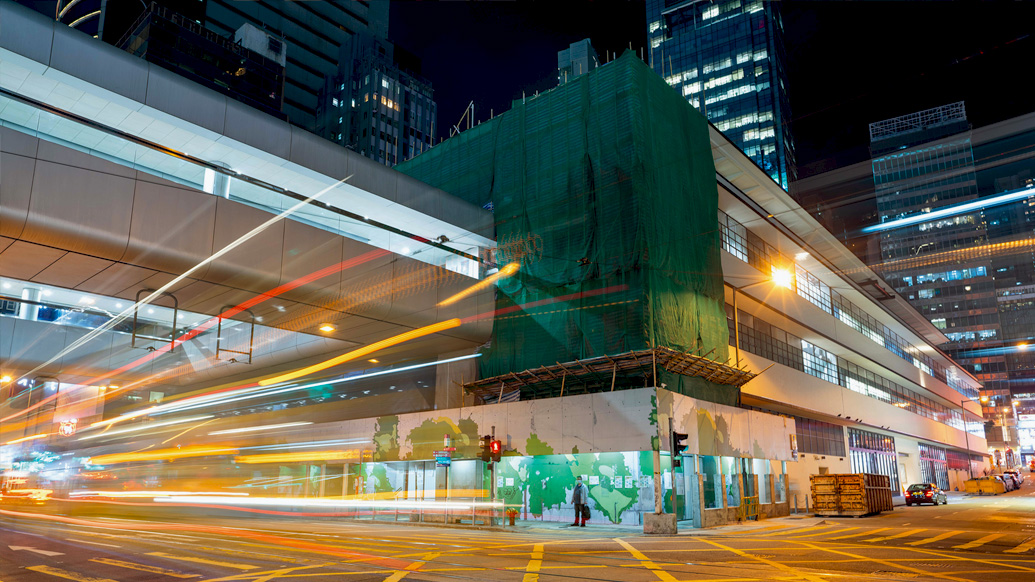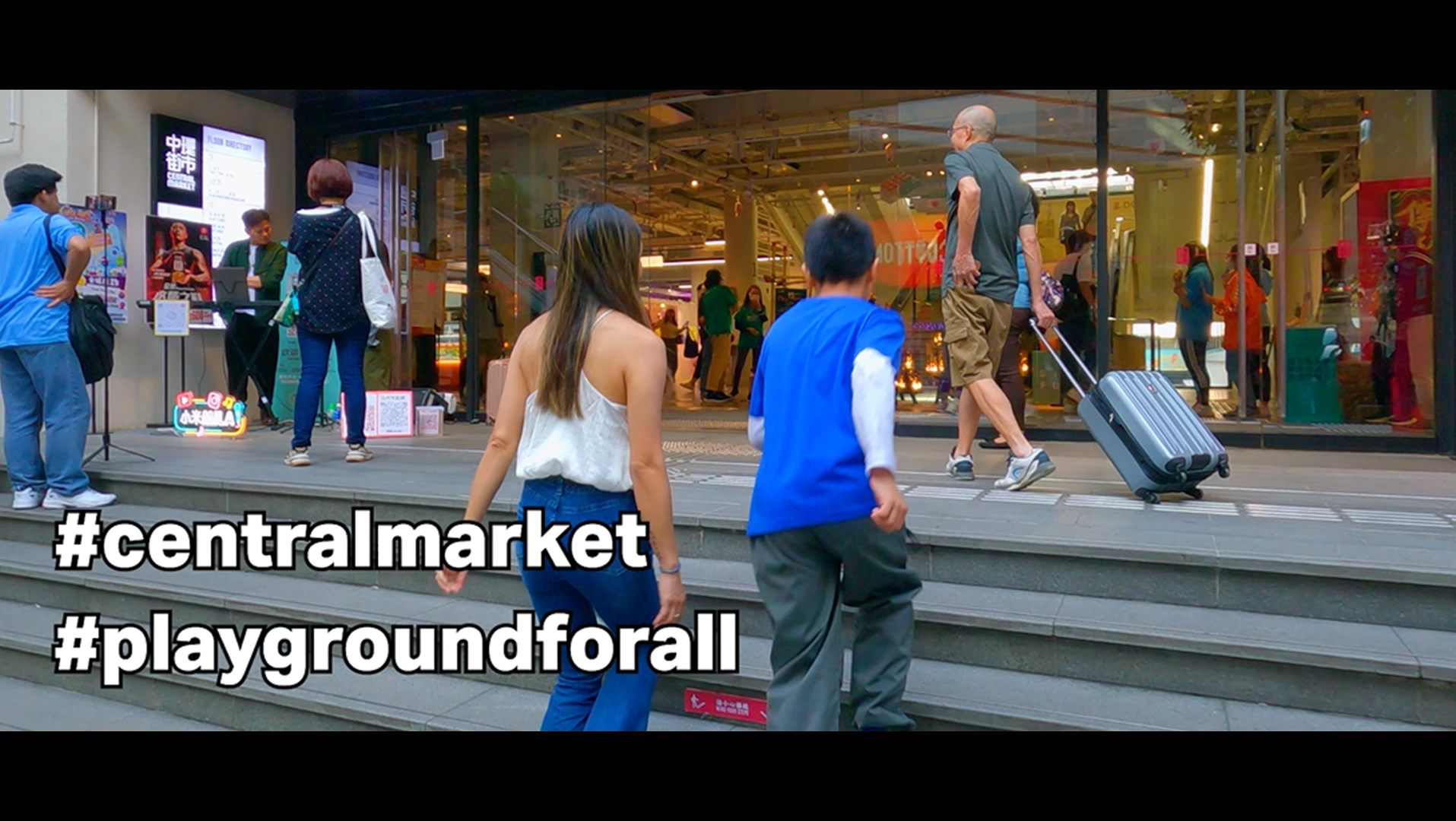
Hong Kong's Playground for All
The tail end of the 20th century saw many major changes to Hong Kong’s Central district, the greatest of which were the arrival of major commercial office developments and departure of residential buildings into Mid-Levels. This left the 70 year old Central Market under-utilized to the point of closure in 2003, when it was shuttered serving only as a link to the mid-level escalator system.
However, led by the Urban Renewal Authority, a pioneering regeneration of this 12,000sqm, three-level landmark commenced in 2020. Chinachem, with our reputation for community focused placemaking were chosen to design and deliver the complex project in unusually short order. Our desire to create an inclusive venue that could change, adapt, and develop over time, inspired by the evolving desires and interests of its diverse users, lay at the heart of the design.
Acknowledging the vital social and economic role markets have played in villages, towns and cities for centuries, it was very clear to all involved, that preservation would be meaningless if the issue of relevance was overlooked.
The URA and Chinachem Group have collaborated to inject the concept of “Playground for All” into the Central Market and turn this landmark that had been in operation from 1939 to 2003, into a vibrant community hotspot that combines “Approachable”, “Energetic” and “Gregarious”, which not only preserves collective memories, but also brings new experiences to the community.

Hong Kong in One Visit
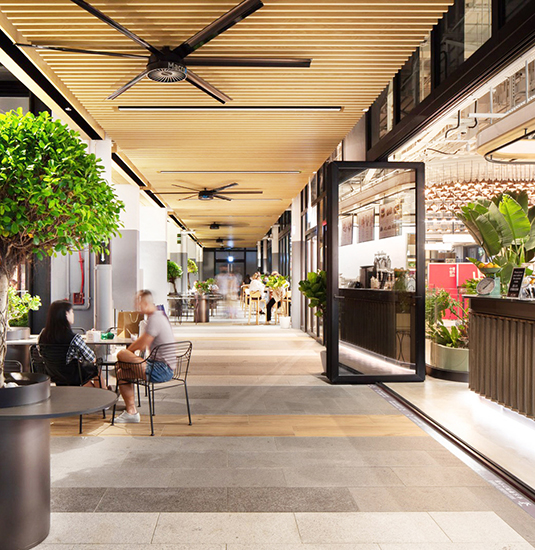
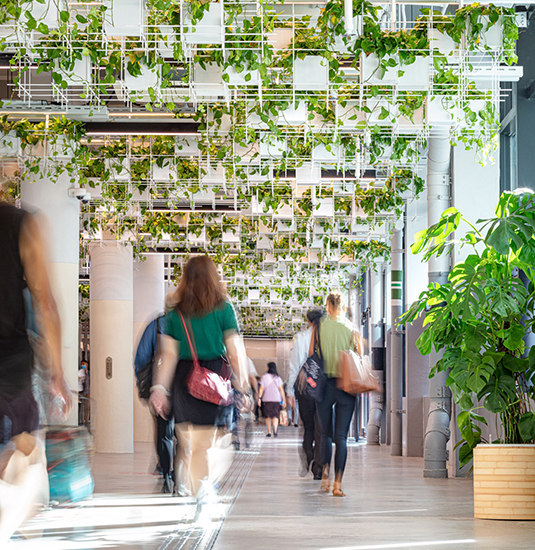
Reinventing and Reinvigorating
-
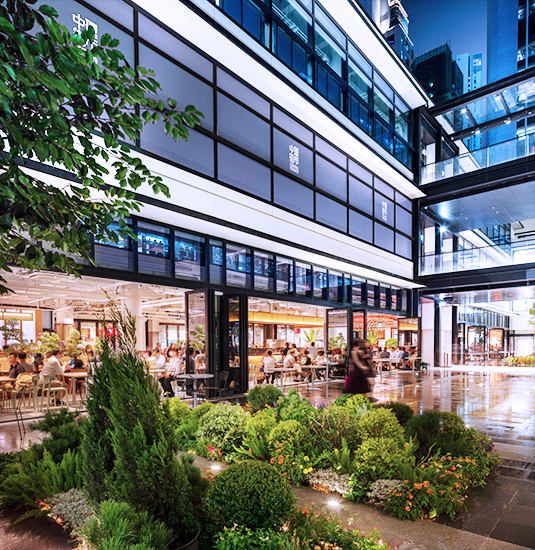
An Oasis in the City
-
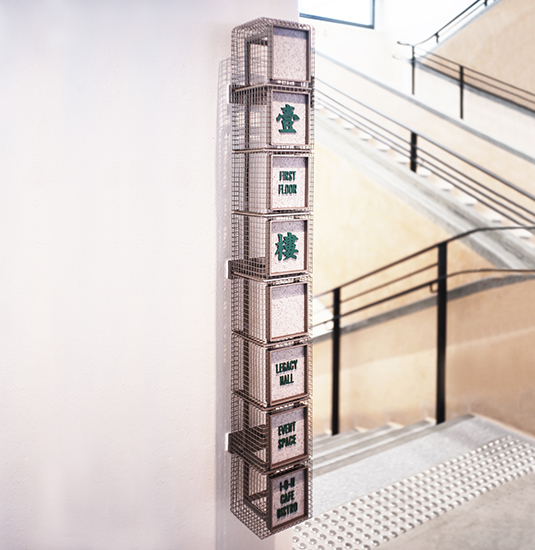
Contemporary Design Inspired by the Past
